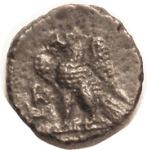I’ve written before about the fun of collecting Roman coins. The realm is really so rich, with so many fascinating byways.
One is that there are coins of guys who don’t appear on the regular list of Emperors. These were “pretenders” or “usurpers” or rebels, typically military commanders who’d make a brief grab at power — typically fatally unsuccessful. One way to cloak themselves with legitimacy was to issue coins with their portraits. Generally of course these are rare, but many are reasonably obtainable.
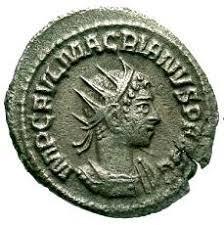
In the early ’70s, there were some interesting ads in a coin paper, with an address in Manhattan near where I was doing some regulatory hearings.

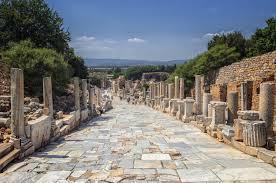
Meantime, for my own collection I’m a real condition snob, and over time have managed to get several types each of Quietus and Macrianus in really excellent preservation. They go for some hundreds.
Those coins are antoniniani, which were the main “workhorse” coins of the Roman Empire in this period. The Romans also controlled Egypt, and the coinage system there was separate and very different. Its principal coin was the tetradrachm. It had started out, in Greek times, as a sizable silver coin, but by the Third Century had diminished to a smaller thick bronze coin (inscribed in Greek). It’s a very nice continuous series of coins that ran into the beginning of the 400s; my collection is fairly comprehensive on them.
Macrianus did have control of Egypt for a brief time, so tetradrachms were issued for his two sons. They are rather more rare than the Roman-style antoniniani. I have had a nice Macrianus tet for quite some time, but Quietus seems somewhat tougher, and had eluded me. A definite gap in my collection that begged to be filled.

Victor England
Classical Numismatic Group is a coin firm specializing in ancients, and the biggest such. It was founded by Victor England, a good guy I’ve known for over 30 years, always a pleasure to deal with. I visited their Pennsylvania offices, a great place, during our Gettysburg trip; bought from Victor a wonderful lot of 50 late Roman bronzes, in superb condition — after my careful cleaning. Anyhow, CNG runs frequent internet auctions. I always bid, though it seems pretty futile, as they’ve built a gigantic clientele, so coins get bid up high. Still, I persist, on the outside chance of getting something cool. Usually I do snag at least one lot — of no consequence.
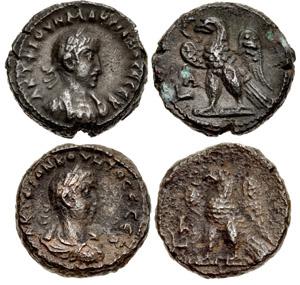
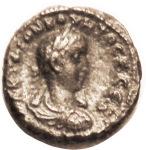
I’ve reproduced here CNG’s original sale photo, above, with the Quietus being the
